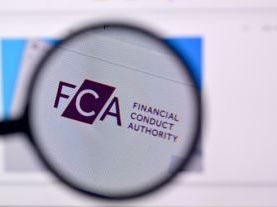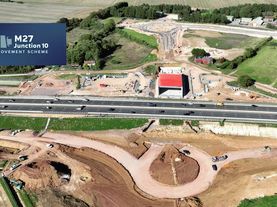Whilst welcoming government’s commitment to having a zero-emission car fleet across central government by 2030, the BVRLA has highlighted the need for the Civil Service to reduce its reliance on grey fleet if it is serious about leading by example.
Transport Secretary Chris Grayling has written to every government department to reinforce the pledge to move towards a completely electric government fleet by 2030.
Last year’s Road to Zero strategy set out a commitment to make all central government cars electric by 2030, electrifying at least 25% of the fleet by 2022.
The Government Car Service, managed by the Department for Transport, is well on track to meet the targets, with electric vehicles making up nearly 23% of the entire fleet.
In his statement Grayling said: “We want the UK to be the best place in the world to own an ultra-low emission vehicle, and as a government we have to lead by example.
“I am pleased with the change we are making to the Government Car Service, but this now needs to be reflected in all fleets that are controlled by government.”
Responding to Grayling’s announcement, BVRLA chief executive, Gerry Keaney said:
“We welcome the news that Transport Minister Chris Grayling has written to every other department urging them to play their part in delivering the government’s pledge to have a zero-emission car fleet by 2030.
“Unfortunately, this big gesture will have a relatively small impact. To make a real difference, we would like to see the government review its internal policies relating to the use of personal cars for business – known as grey fleet.
“The BVRLA Grey Fleet report published in 2016 estimated that the Civil Service grey fleet mileage was in the region of 265 million miles a year, costing £126m in mileage claims from civil servants doing business using their own vehicles.
“The average grey fleet car is around eight years old and emits 16% more CO2 than an average rental car, which is what Government staff should be using for their journeys in the absence of a practical public transport option.”




